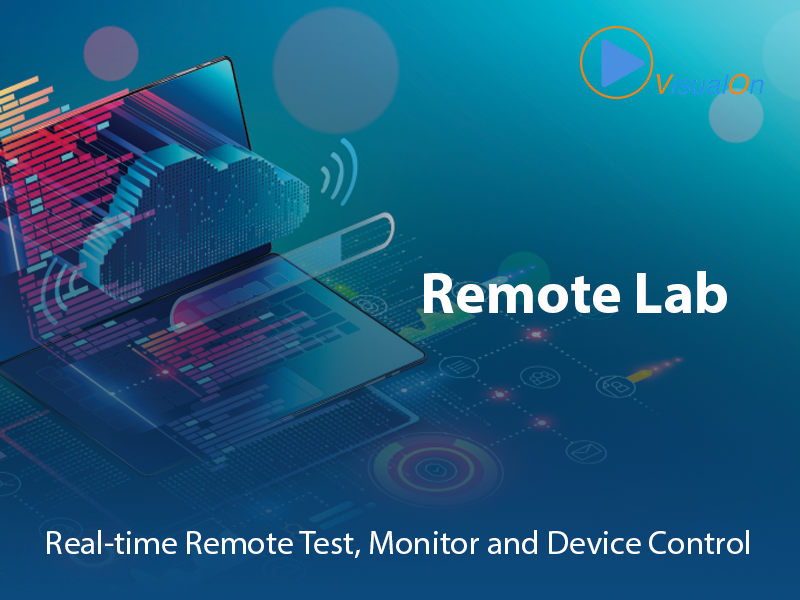Laboratory classes play a crucial role in engineering schools. Good pedagogical reasons, such as illustrating and validating analytical concepts, introducing students to professional practice and to the uncertainties involved in non-ideal situations, developing skills with instrumentation, and developing social and teamwork skills in a technical environment motivate the need for their inclusion in the curriculum.
On the other hand, laboratory management can be resource-intensive and expensive, since it requires qualified staff and continuous equipment maintenance and evolution, so that the number of laboratories is often limited, also due to economic factors. Also, for these reasons, the adoption of alternative access modes (e.g., remote laboratories) is more and more considered by universities. Remote labs, in fact, can extend the capability of a conventional laboratory by increasing the number of times and places a student can perform experiments, and extending its availability to several students. Moreover, they have the potential to provide affordable experimental data by sharing expensive laboratory equipment within a larger pool of users.
By an ever increasing percentage, college and graduate courses are being offered online via
distance learning. Several of these courses have a laboratory component that requires the use
of hardware and/or software, which present potential technical, licensing, and other problems
when operated remotely. Such problems are generally related to the nature, format, and
geographical scope of the course. For instance, courses with a reasonably small geographical
scope can be designed with the requirement that online students fulfill a partial residency,
such as attendance at weekend labs conducted at the host school.
According to the ninth annual survey of online education, “Going the Distance: Online
Education in the United States, 2011,” published by Babson Survey Research Group 1
“The
10% growth rate for online enrollments far exceeds the 2% growth in the overall higher
education student population.” As of 2010 6.1 million students had enrolled for at least
one online course.
Physical laboratory exercises are the most critical gap in Distance Learning education
today. While there has been an increase in development of individual online laboratories,
little has been done to develop sets of Remote Laboratories to accommodate entire courses or
programs. The ability to provide these is of key importance to institutions offering Distance Learning programs in major engineering disciplines and/or cross-disciplinary short courses in the
educational service sector.
Author: 64 IT-A Nandita Patra


Niceeee blog!!!well done
ReplyDelete